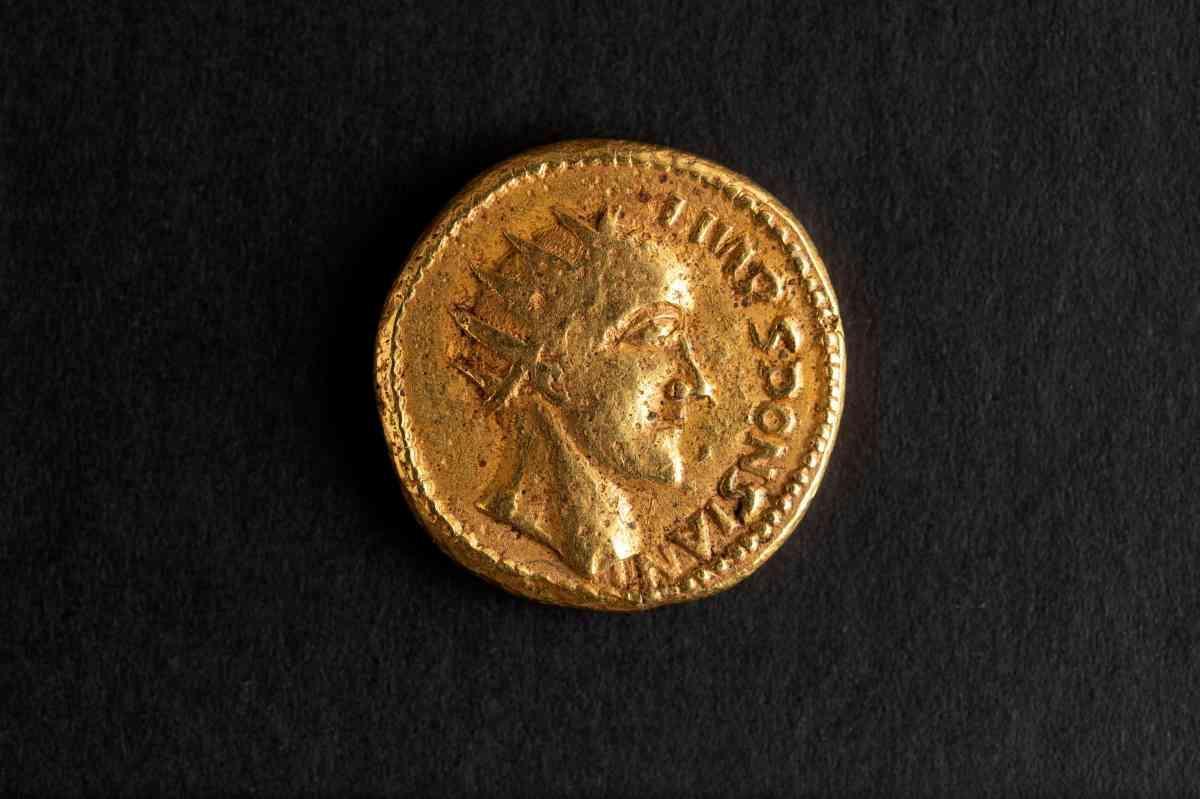
A forgotten Roman emperor has been rescued from “obscurity” after U.K. researchers determined a coin long dismissed as fake was in fact authentic.
The coin featuring the profile of an emperor named Sponsian was among a handful of similar coins found in Transylvania in present-day Romania in 1713.
They had been considered fakes since the mid-19th century due to their jumbled inscriptions and unusual design.
But researchers who studied one of the coins housed at The Hunterian collection at the University of Glasgow in Scotland have now concluded that the coin is genuine after comparison with others with a similar history.
“Scientific analysis of these ultra-rare coins rescues the emperor Sponsian from obscurity,” said lead author Professor Paul Pearson, of University College London.
“Our evidence suggests he ruled Roman Dacia, an isolated gold mining outpost, at a time when the empire was beset by civil wars and the borderlands were overrun by plundering invaders.”
The Roman province of Dacia, a territory overlapping with modern-day Romania, was a region prized for its gold mines, according to the study published in the PLOS ONE journal.
It is believed it was cut off from the rest of the Roman empire in around 260 AD with Sponsian, possibly a local army officer, forced into assuming supreme command until order was restored.
The earth science researchers reexamining the coins used powerful microscopes in visible and ultraviolet light to help reach their new verdict.
They believe Sponsian could have authorized the creation of locally produced coins, some featuring an image of his face, to support the economy in his isolated frontier territory.